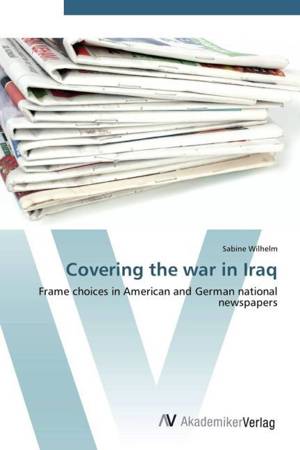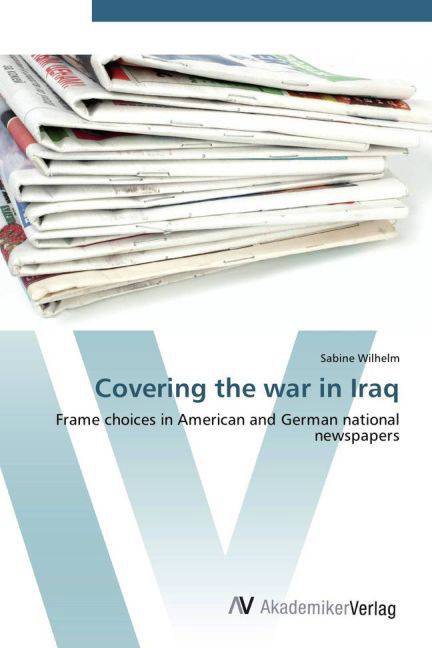
- Afhalen na 1 uur in een winkel met voorraad
- Gratis thuislevering in België vanaf € 30
- Ruim aanbod met 7 miljoen producten
- Afhalen na 1 uur in een winkel met voorraad
- Gratis thuislevering in België vanaf € 30
- Ruim aanbod met 7 miljoen producten
Zoeken
Omschrijving
Inhaltlich unveränderte Neuauflage. Coverage during conflicts with threatening potential put a pressing note on accurate information about and interpretation of events. When delivering news worldwide, national spotlights as well as cross-cultural notions are set to create unique themes of interest. Those frames - offered by mass media - are vital organizing concepts to establish public agendas. The ambiguously perceived warfare on Iraq was chosen to identify differences in American and German newspaper reports. Using a quantitative content analysis, following focuses could be examined: (a) The basal organization of war-related frames in articles, and furthermore (b) formal and linguistic disparities. Results show that only slight variances emerge in formal characteristics (format, images). However, the linguistic analysis of frame choices (variety, war motives and metaphors, evaluation of political leaders) revealed to be an expandable indicator for intercultural and intra-national discrepancies.
Specificaties
Betrokkenen
- Auteur(s):
- Uitgeverij:
Inhoud
- Aantal bladzijden:
- 132
- Taal:
- Duits
Eigenschappen
- Productcode (EAN):
- 9783639432527
- Verschijningsdatum:
- 26/06/2012
- Uitvoering:
- Paperback
- Formaat:
- Trade paperback (VS)
- Afmetingen:
- 152 mm x 229 mm
- Gewicht:
- 204 g

Alleen bij Standaard Boekhandel
+ 129 punten op je klantenkaart van Standaard Boekhandel
Beoordelingen
We publiceren alleen reviews die voldoen aan de voorwaarden voor reviews. Bekijk onze voorwaarden voor reviews.








